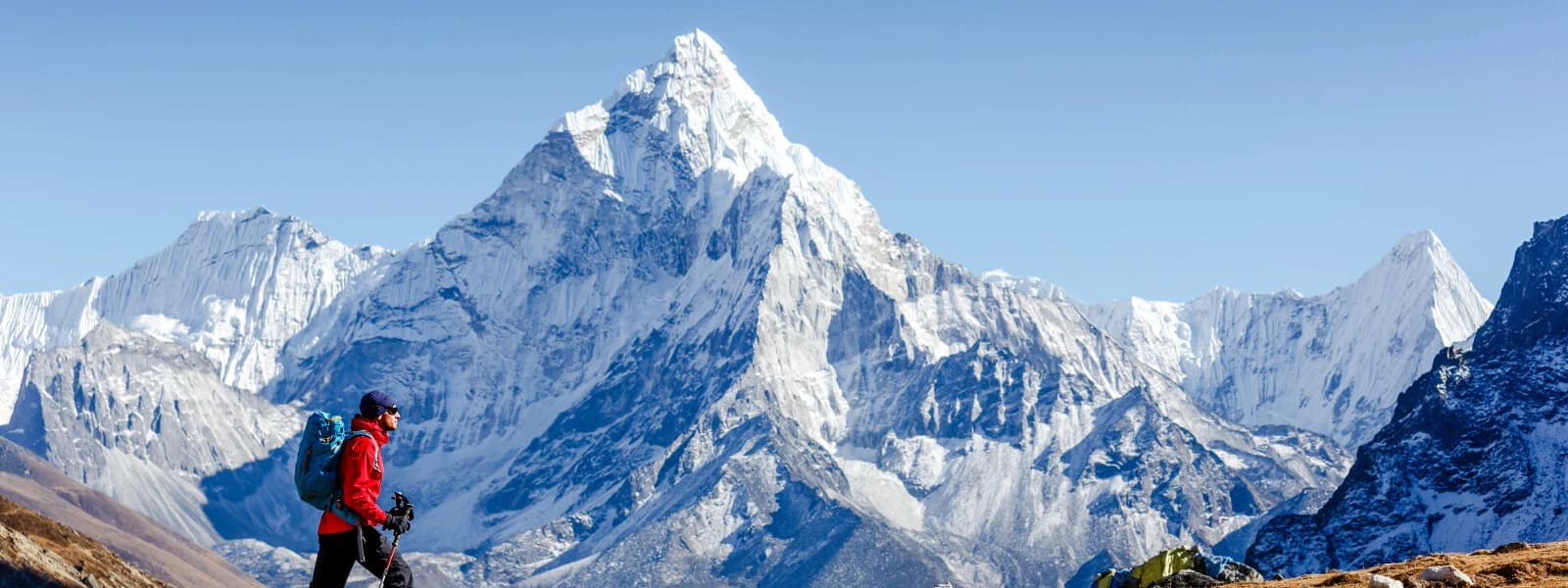Trekking Permit and TIMS
A trekking permit is required to visit Nepal’s every region for all the trekkers, those which are not connected by highways. Recently Nepal's government has declared “permit-free" areas for the Annapurna, Langtang, and Everest regions; but National Park or Conservation Area fees are still relevant. Regulus Nepal process the trekking permits and national park entrances at immigration offices from our office in Katmandu. Without a trekking permit, one can not visit the restricted areas mentioned below. But for normal trekking areas, no permission is required restricted areas which have been opened for Group Trekking.
The following restricted areas are open only for group trekkers. For such areas, a trekking permit will not be issued to individual trekkers
01) lower Dolpa: For the first 4 weeks per week per person US$ 10 and after 4 weeks per week per person US$ 20.
02) Taplejung District (Kanchenjunga Region): Areas of Olangchunggola, Lelep, Papung and Yamphudin Village Development Committee. For the first 4 weeks per week per person US$ 10 and After 4 weeks per week per person US$ 20
03) Sankhuwasabha District (Makalu Region): Areas of Kimathanka, Chepuwa, Hatiya and Pawakhola Village Development Committee. For the first 4 weeks per week per person US$ 10 and After 4 weeks per week per person US$ 20
04) Sagarmatha National Park (Everest Region): Entry fee for foreigners NRs: 3,390 per person per entry. Entry fee for SAARC NRs: 1,695 per person per entry.
05) Annapurna Conservation Area (Everest Region): Entry fee for foreigners NRs: 2000 per person per entry.
06) Rasuwa District: Thuman and Tingure per week per person US$ 10.
07) Manang District: Areas of Nar, Phu, and Northern area of Tilche Village of Thochhe Village Development Committee for September to November per week per person US$ 90 and December to August per week per person US$ 75.
08) Mugu District: Areas of Mugu, Dolpu, Pulu, and Bhangri. For the first 7 days per person US $90 and After 7 days per day per person US $15.
09) Bajhang District: Areas of Kanda, Saipal, Dhuli. For the first 7 days per person US $90 and After 7 days per day per person US $15.
10) Darchula District: Areas of Byas Village Development Committee. For the first 7 days per person US $ 90 and After 7 days per day per person US $ 15.
11) Upper Mustang and Upper Dolpa District: Upper Mustang and Upper Dolpo have to pay US $ 500 or equivalent foreign currency per person for the first 10 days. Likewise, the fee per extra day per person has been fixed at US $ 50 or equivalent foreign currency.
12) Gorkha District (Manaslu Area): Trekker in Manasulu Region needs to pay US $ 70 for a week and US $ 10 per person for each extra day from September to November. However, only US $ 50 is charged per trekker per week from December to August, and the additional US $ 7 per trekker per each extra day.
13) Humla District (Simikot and Yari): Permit fee for Humla (Simikot-Yari) has been fixed at US $ 50 per person per week and US $ 7 per person per extra day. TIMS card is for your safety.
As a trekking destination and its growing attraction, a provision of the Trekkers' Information Management System (TIMS) has been implemented in Nepal to confirm the safety and security of the trekkers and to check illegal trekking operations.
Organized Trekkers: A TIMS card is provided to the trekkers after entering the central database by collecting trekkers’ data with a minimum charge prescribed.
Documents Required To obtain TIMS Card
1) Copy of Passport.
2) Two Passport-size Photographs.
Why is TIMS Necessary?
To maintain details of trekkers and trekking routes in a computerized Database Management System useful for the trekkers’ safety and security.
To carry out search and rescue operations for trekkers in case of natural calamities and other accidents by means of Authentic Information Service.
To maintain a record system that includes personal details of trekkers, trekking area, trekking routes, handling agencies, duration, etc.
Useful information to the concerned stakeholders such as tourism organizations, Government agencies, diplomatic missions, tour operators, research institutes, etc.
To control the unauthorized trekking operations
For better management of trekking services in Nepal
To prevent the unpredictable incidents
For the upgrade of the service standard
For the better management of sustainable mountain tourism development in Nepal.
Terms and Conditions:
This entry permit is valid for single entry only and is nonrefundable, and non-transferable. The permit holder can enter the designated places within the Conservation Area.
A person entering the Conservation Area shall abide by the National Park and Wildlife Conservation Act, 2029 B.S. (1973) and the Regulations made under this Act.
This Entry Permit must be carried during the entire trip and should be shown if concerned personnel of the Conservation Area wants to check it.


